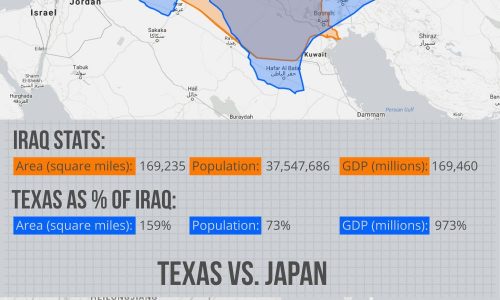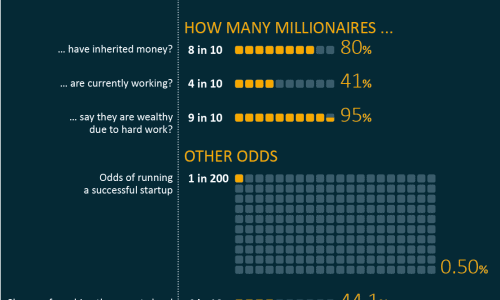
AAAAAAAAHHHHHHHHHH!!!! CHINAâ??S GONNA COME AFTER US AND TAKE OVER THE WORLD!!!!! Letâ??s be honest folks, this is a fear many of us in the U.S. of A. possessâ??and itâ??s not just because of the bonds. They have a large population and, in regards to todayâ??s infographic, India does too. The number of people in the U.S. amounts to about one fourth of each of these countriesâ?? populations. China is the leading nation with their population size at 1.3 billion people, which is directly followed by India with 1.2 billion; then there is a giant leap to the U.S.A., which has (only) 314 million people. Yes, we are the third nation in terms of population size, but the difference is substantial when comparing us to China and India.So, instead of being shocked out of your seats because of these statistics, keep in mind that these countries are HUGE.
Education. We have heard this word so many times in our livesâ?¦ but what does it mean? Well, this infographic shows facts about the public institutional setting of education, which is truly important and reflects a lot about what different societies give importance to, in this case the U.S.A., China, and India.
Some of these statistics might seem incredibly scary. But, hereâ??s the good news, as a product of the educational system, I can critique these numbers and tell you that they are absolute rather than relative and therefore give a message that is overwhelming to a lot of people. They do not take into consideration the population size, but instead display information that seems to me to be one-sided. For example, if this infographic were looking at an issue such as poverty it would produce completely different results for these countries and would be very alarming to China and India rather than us. But donâ??t get me wrong, these numbers on education are scary and should promote change in the educational system that we have today. As this infographic intelligently alludes to, we are not one of the global leaders in education.
So we should be asking questions. What could be different about the public educational system in the U.S. that would alter the minds of teenage drop-outs thinking they are (and perhaps they are right) above the system? There is a lot to think about on this issue and we have and will see a lot of change in terms of the global economy and what the U.S.A. offers to it. Holla! [TCNG]





